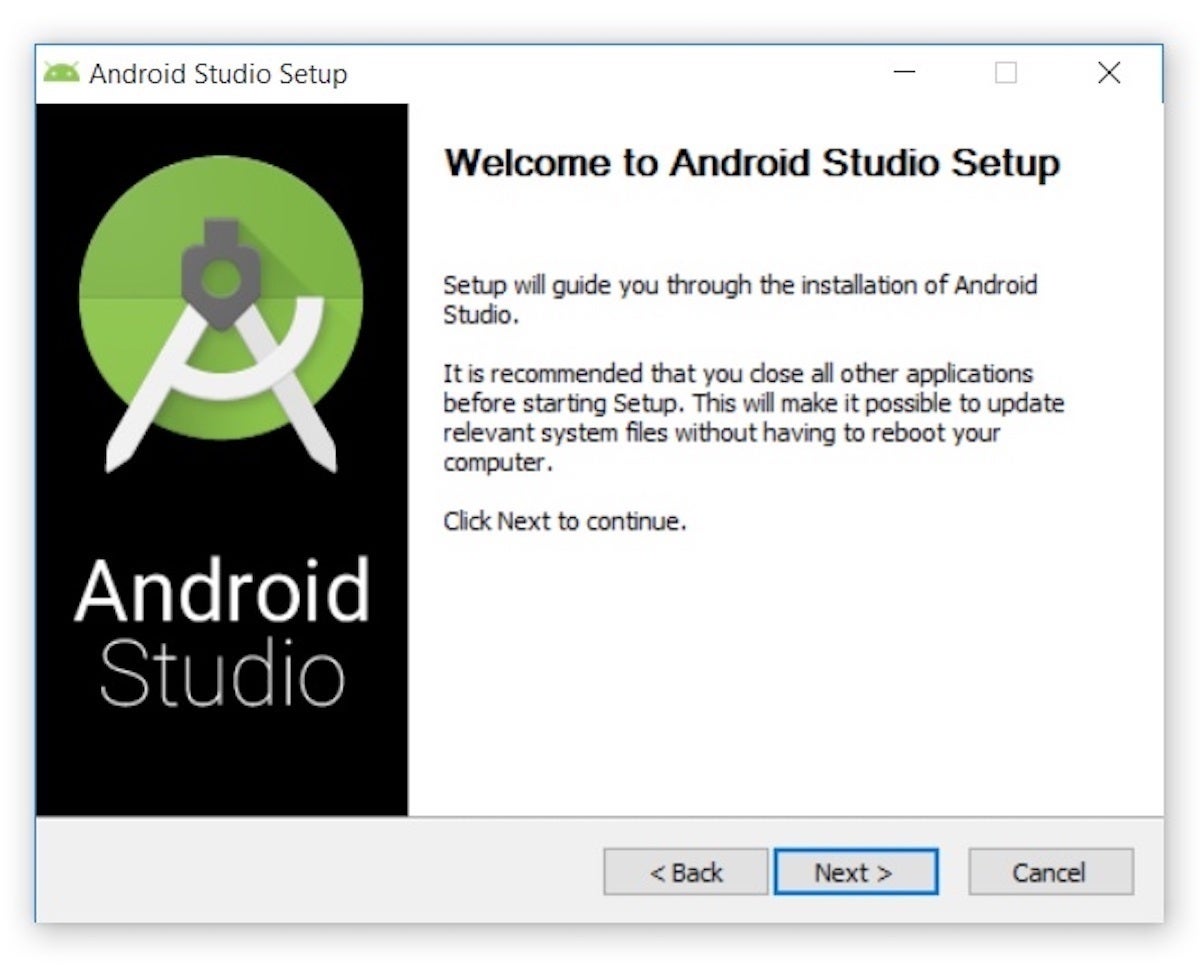

- #Android studio install an sdk update
- #Android studio install an sdk upgrade
- #Android studio install an sdk android
- #Android studio install an sdk software
- #Android studio install an sdk code
That's it!Ĭongratulations! You've successfully run and modified your first React Native app. The application should reload automatically once you save your changes.

Open App.js in your text editor of choice and edit some lines. Now that you have successfully run the app, let's modify it.

#Android studio install an sdk code
On iOS, use the built-in QR code scanner of the default iOS Camera app. On Android, use the Expo Go app to scan the QR code from your terminal to open your project.
#Android studio install an sdk android
Install the Expo Go app on your iOS or Android phone and connect to the same wireless network as your computer. See this ticket for more information.This will start a development server for you. There is currently no filter to install the build tools directly.
#Android studio install an sdk update
android update sdk -no-ui -all -filter extra-android-m2repository Otherwise, you may not be able to use the latest support design library. If you decide to be selective about which packages to be installed, make sure to include the extra Android Maven repository. If you want to be selective about installing, you can use android list to view all the packages and apply the -filter option for selective installs: sudo android update sdk -no-ui -filter platform-tools,tools You can also download the SDK packages using the command line with the -no-ui parameter. Then make sure to download that API version in the Android SDK Manager. Note: Choose the Android SDK Build-tools for the version of Android that you listed in the adle file as the android: buildToolsVersion target. You will also want to download the extras: It should be the one you named in the android: compileSdkVersion section of your adle file. Here are the SDK package names you'll definitely wish to select: Before you begin, take a look at the adle file in your project. You will want to install the same Android SDK packages on your build machine as you did to get Gradle running locally. If this doesn't work, your PATH variable has not been set up with the Android SDK location. bash_profile: $ source ~/.bash_profile Installing via the GUIĪt the prompt, type android and hit Enter to launch the Android SDK Manager in a window. # Android export ANDROID_SDK_ROOT =/Users/ciandroid/android-sdk-macosxĮxport PATH = $PATH: $ANDROID_SDK_ROOT/tools If you're not using bash, edit the right config file for your environment. Now it's time to set your build environment's PATH variable and other variables that will be use to locate Android.Įdit your. $ tools/bin/sdkmanager "platforms android-25" "build-tools 25.0.2" "extras google m2repository" "extras android m2repository" Run the sdkmanager tool: $ tools/bin/sdkmanager -update The directory names can be anything you like, but save the files in somewhere easy to find (i.e. Unzip and place the contents within your home directory. Use wget with the correct SDK URL: $ wget Copy the URL for the download that's appropriate for your build machine OS. Go to Android SDK and navigate to the SDK Tools Only section. You will need to download the Android SDK without Android Studio bundled. This will install the Android SDK tools in /usr/local/Cellar/android-sdk/ Installing the Android SDK (Manual Way)
#Android studio install an sdk upgrade
Make sure to upgrade to the latest Gradle version. Gradle 2.2.0 now supports downloading automatically dependencies. Installing the Android SDK (Automated Way) Below is an overview of all different approaches. The Android SDK can be installed automatically using the latest version of Gradle or downloading the Android SDK manually in several different ways. Platform Tools include the Android debug shell, sqlite3 and Systrace. The Build Tools primarily include aapt (Android packaging tool to create. The SDK Tools primarily includes the stock Android emulator, hierarchy viewer, SDK manager, and ProGuard.
#Android studio install an sdk software
The Android software development kit (SDK) includes different components, including SDK Tools, Build Tools, and Platform Tools.


 0 kommentar(er)
0 kommentar(er)
